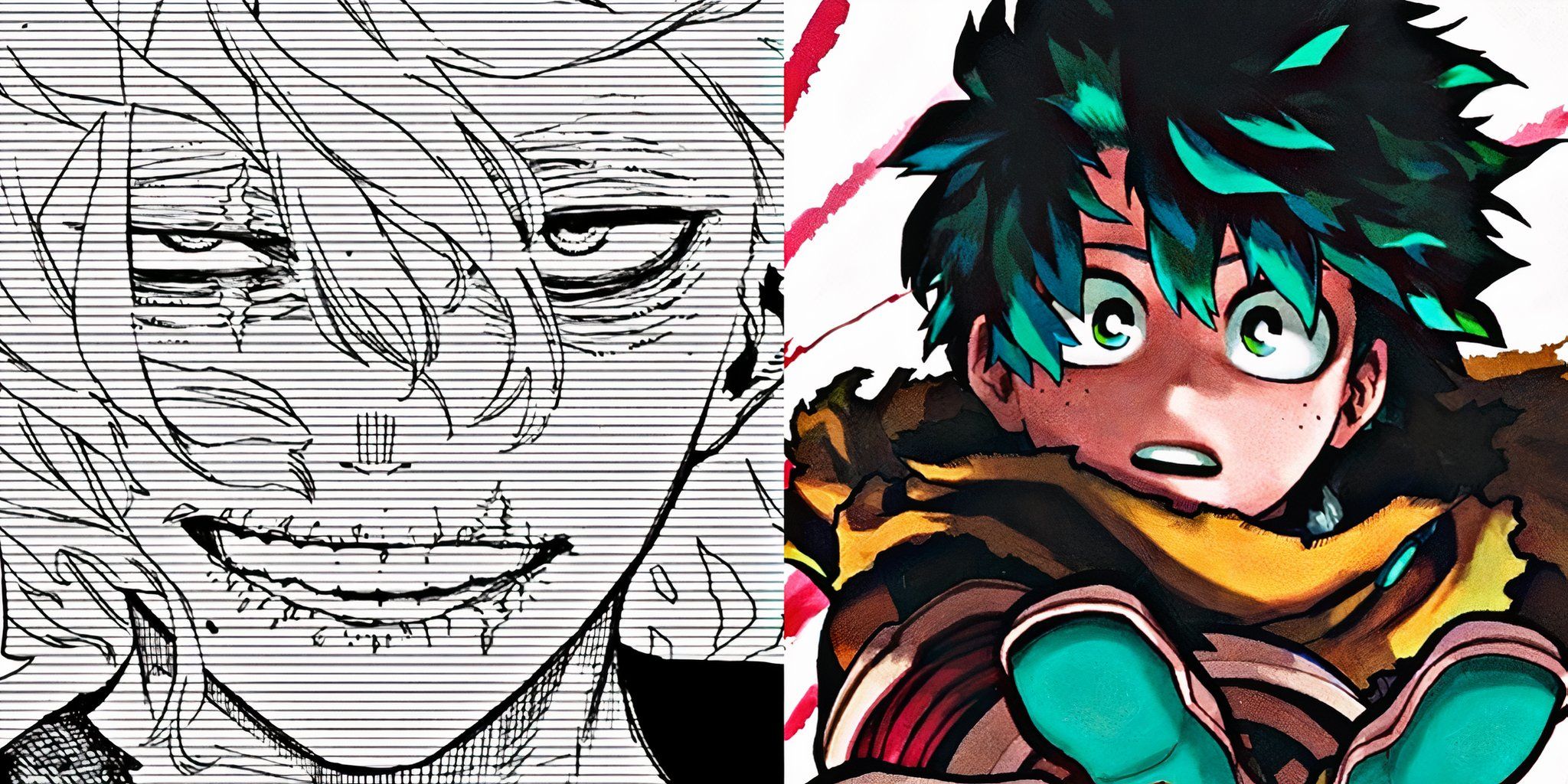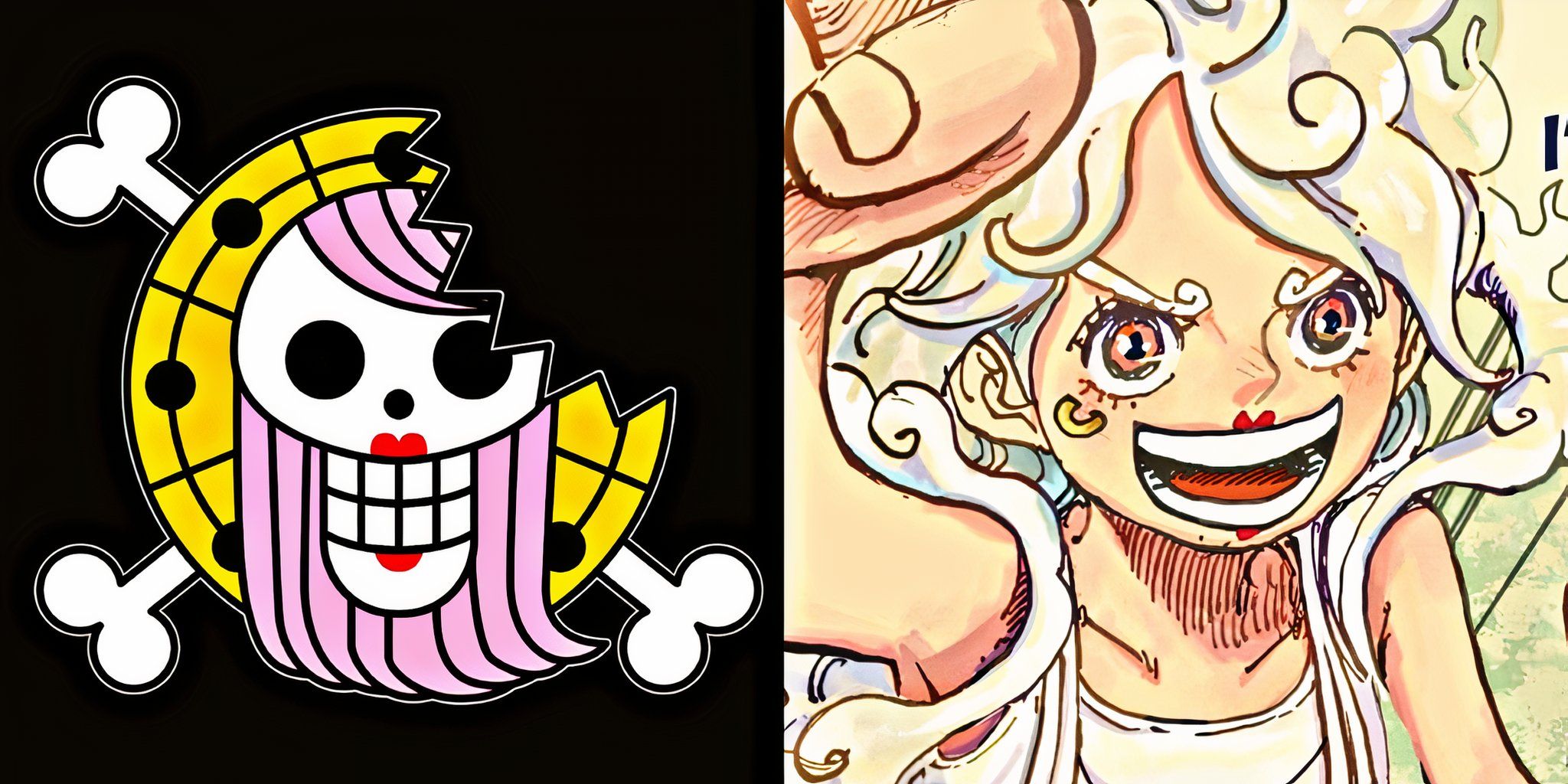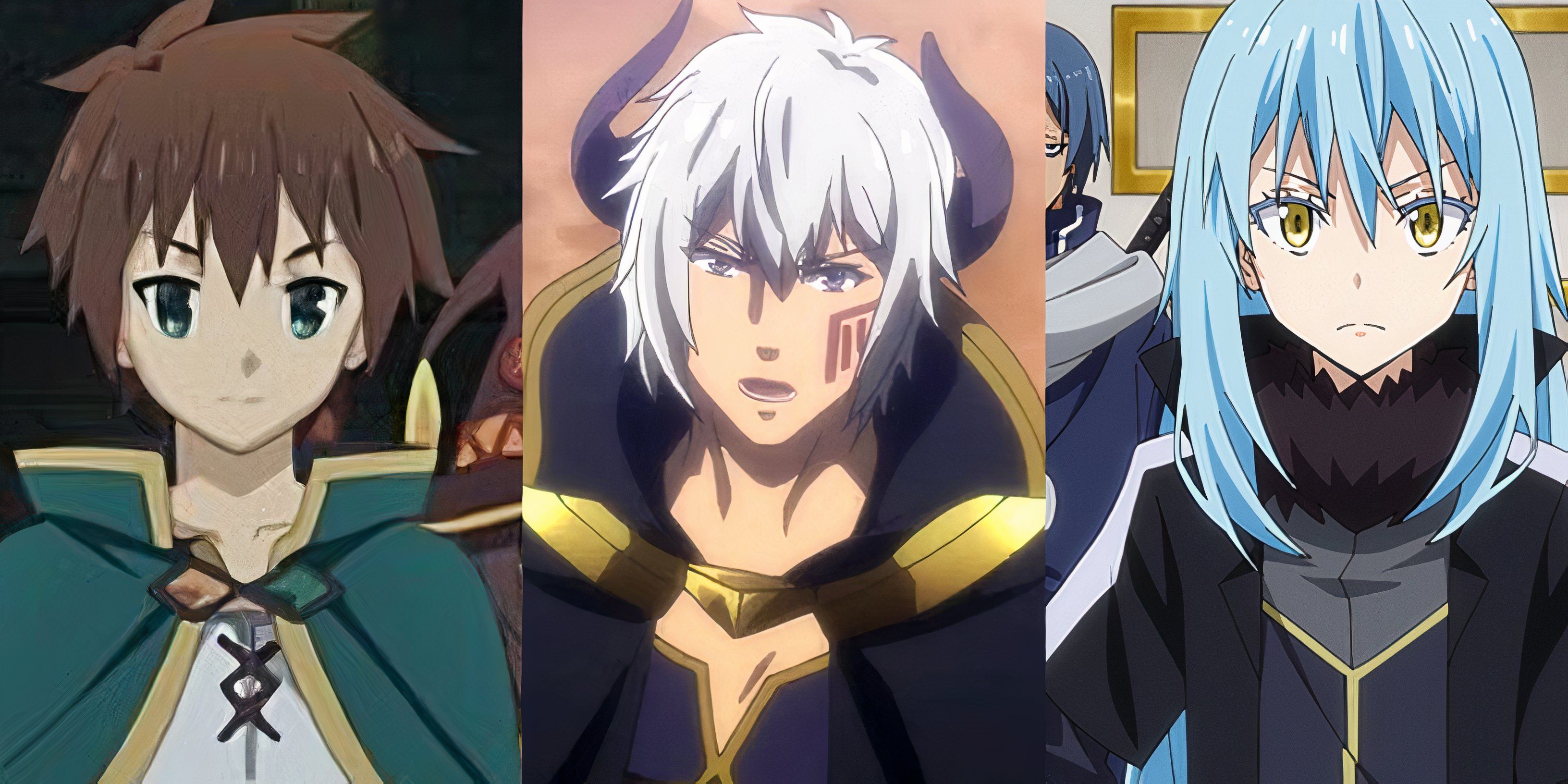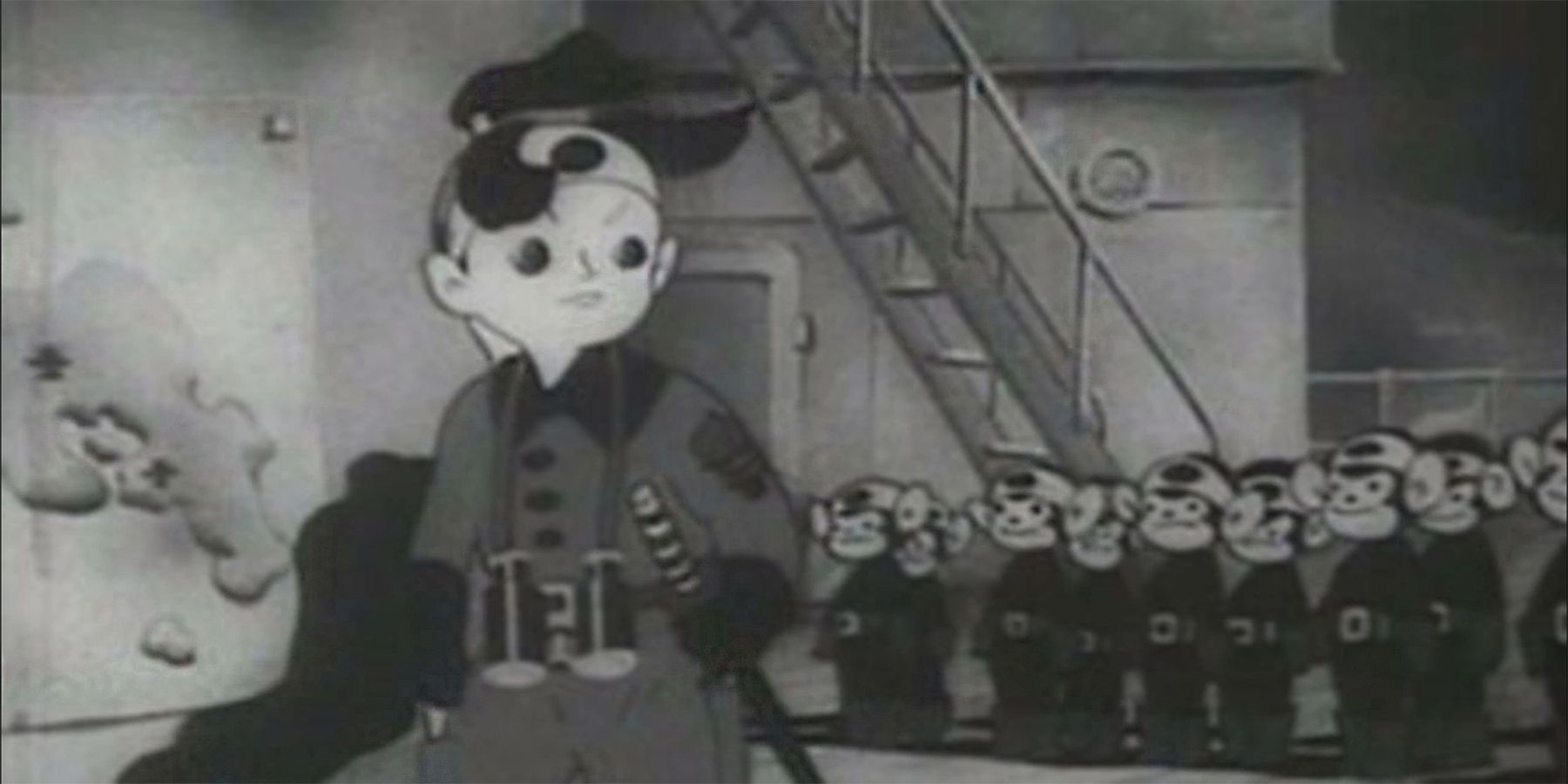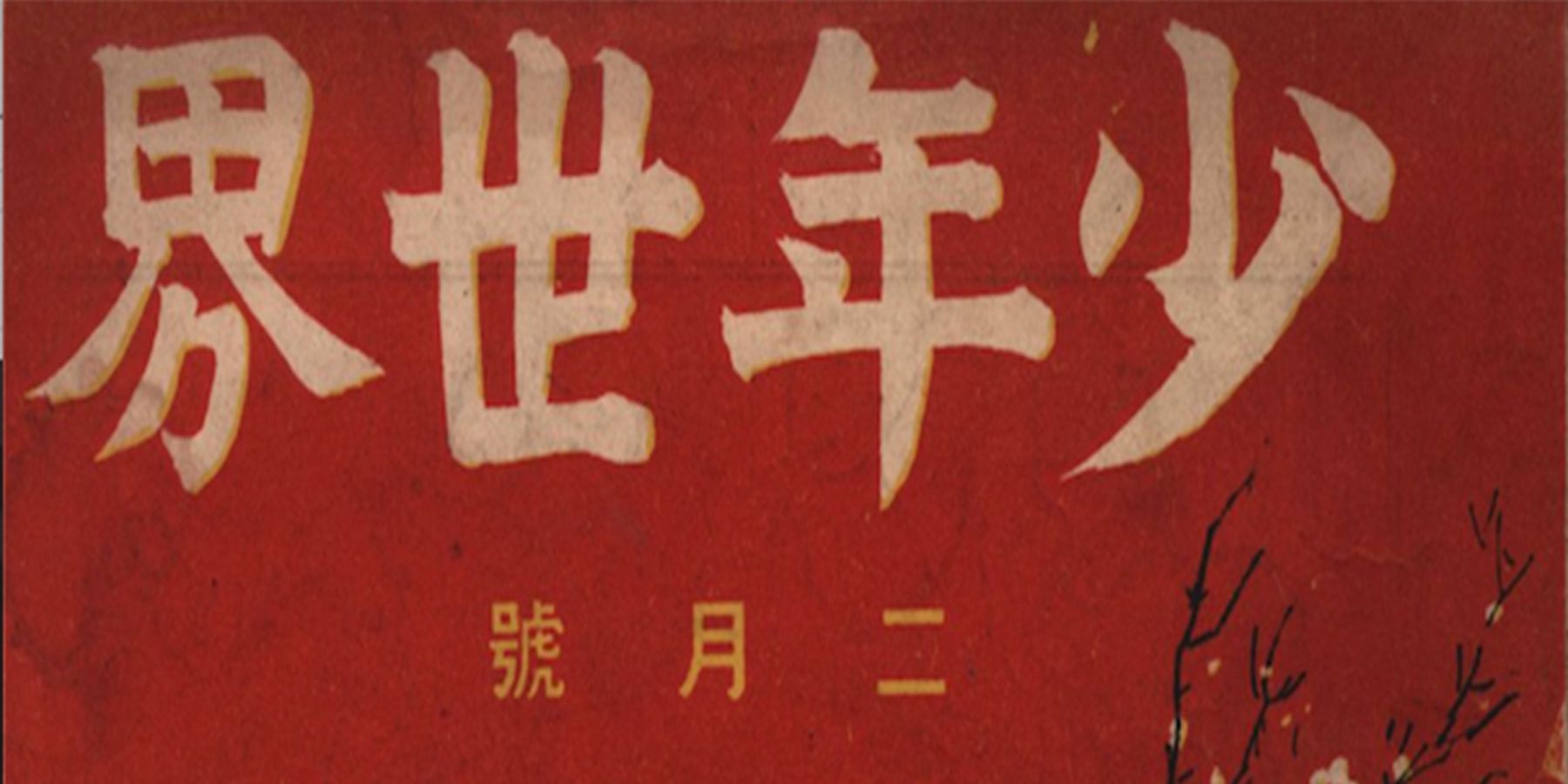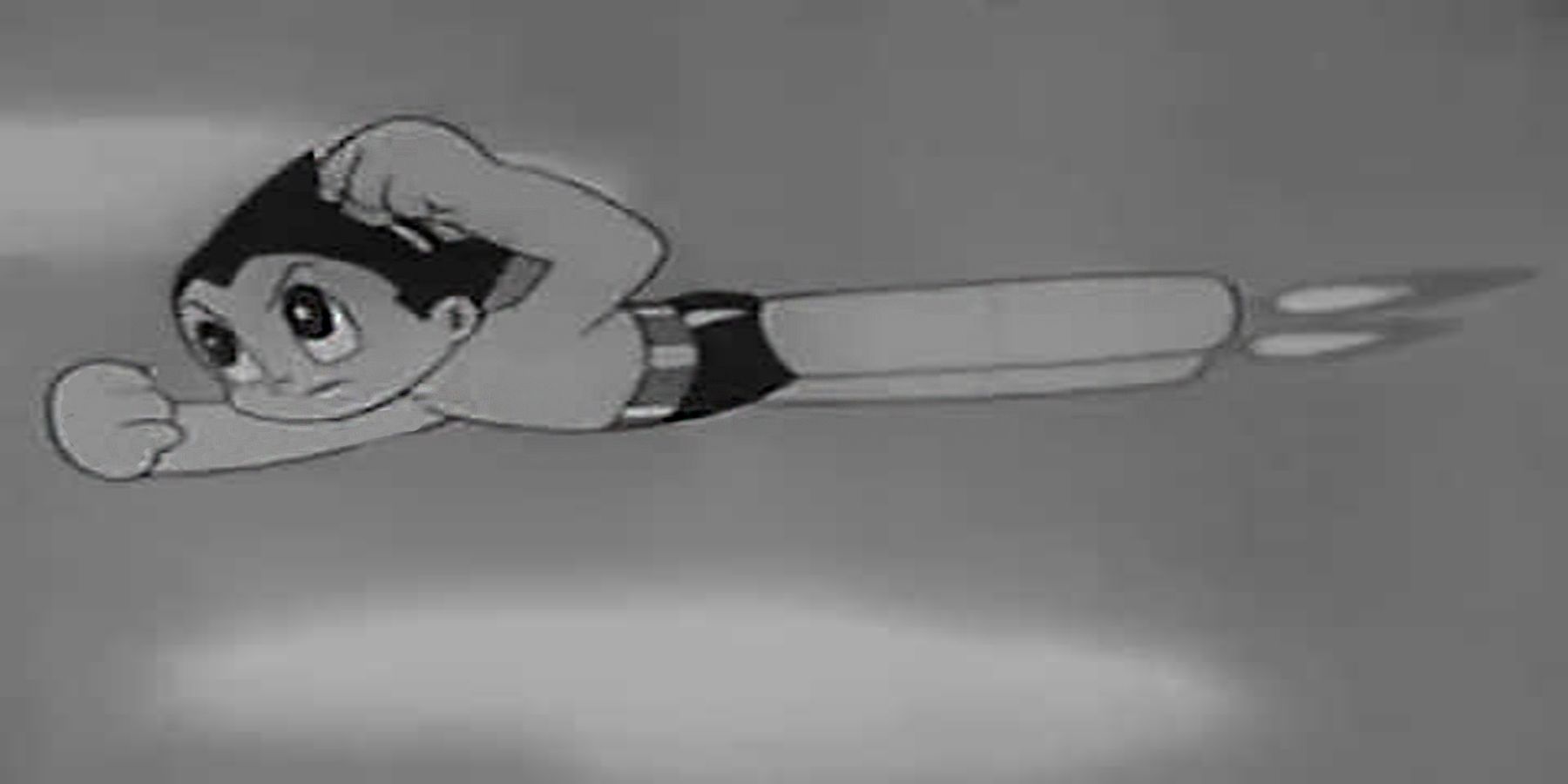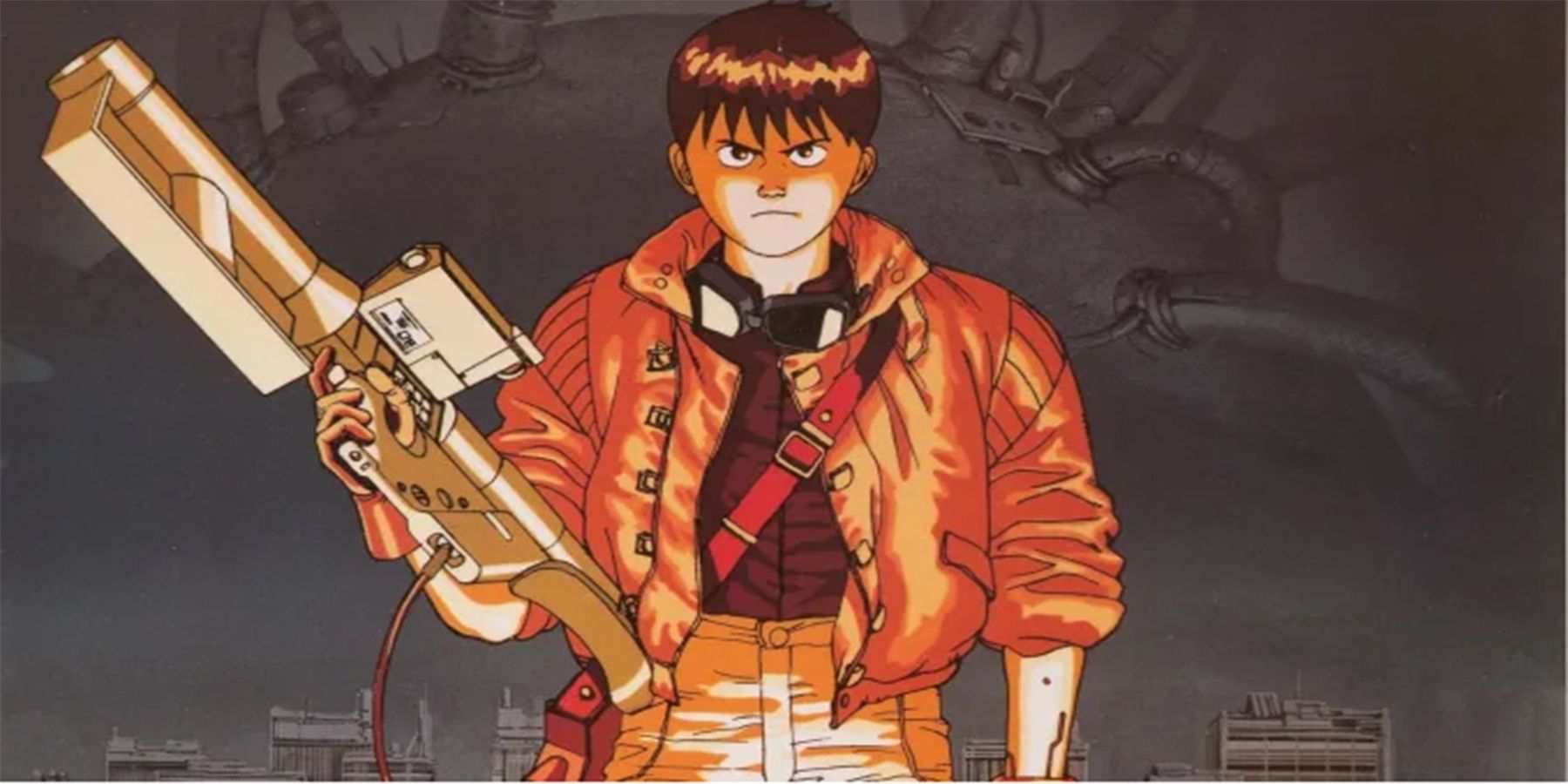The 20th century was a time of change and growth worldwide. Cultures changed and adapted, some even merged, but there's no culture without its pop culture. Japan's famous "moe" and "kakkoii" aesthetics were some that would later blossom into what the world knows as, "Japanese anime". Despite it being but a mere genre of entertainment, anime has a broad and lengthy history.
As with anything, all forms of entertainment started from somewhere or something. While origins may differ, the fact remains that history plays a part all around. Even the beloved creatures in Yokai Watch stemmed from old Japanese folklore and the native religion of Japan, that is Shinto. Another example is anime such as Inari Kon Kon Koi Iroha, which has roots in history with more of an emphasis on deities based on location.
A Brief History Lesson
1940's Japan was divided politically, to say the least. Amongst citizens, some were in favor of the war and some were against it. Though there was surely a governmental bias overall; especially in terms of law enforcement. Any and all kinds of protests were prohibited at the time - but only if it was recognizable.
Many artists turned to making manga with political underlying themes. While manga had always been popular among the masses, it didn't fully enter the main stream until the war. Even so, there already existed tankobon (or serialized magazines) in which artists submitted their works. Shounen Sekai, which would later on branch off to become other male-targeted demographic tankobon magazines such as Jump and Big Comic Spirits, would be one of these.
Although there were undoubtedly a variety of politically driven comics, some of the more popular ones were Fuku-chan and Norakuro, which were adapted into films sponsored by the Army Art Association to garner support for the ongoing conflict.
Momotaro's Sea Eagles is one such example - having been released shortly after Disney's Fantasia in 1943. Retelling of the bombing of Pearl Harbor through the main character, Momotaro, who works alongside cute and friendly animals, on a mission to destroy "Devil's Island", that are inhabited by the enemy, who bear resemblance to Americans and the British. Though the animation and comedic aspects were similar to Fantasia, it wasn't until after the conclusion of World War II, that anime and manga would get its signature "anime eyes".
What Started It All
Enter Osamu Tezuka, the famed "godfather of anime" and creator of Astroboy. Like Momotaro's Sea Eagles, his works were inspired by Disney animation, albeit much heavier. His works' most noticeable features are the large and expressive eyes.
They were so significant that other mangaka would imitate a similar style, thus creating the archetype that Japanese animation is known for. However, cute things are (or were) more appealing to a younger audience. As anime and manga became more mainstream in Japan, there was higher demand for more variety - and this included ones targeted towards adults.
Rising To Popularity
Akira, the anime that many argue made anime popular in the West was released in 1988 and broke most, if not all traditional archetypes seen in prior works. Blood, innuendos, violence, and swearing are a few to name. Its success only grew in the West as more audiences talked about it.
But what made it stick out the most was the art style - which was closer to Western animation at the time. As a result of its release since then, the stakes became even higher for future anime adaptations - allowing room for mature audiences to enjoy the medium just as much as children. Everyone in the anime scene has at least heard of Cowboy Bebop and Ghost in the Shell, after all.
Even the most politically driven mediums have managed to open up a new perspective for audiences worldwide. Regardless of what it is, it brings people together through storytelling.
Sources: Cartoon Research, Atomic Ink, Japan Powered, Escapist, Anime News Network, The Guardian, Nova Online

